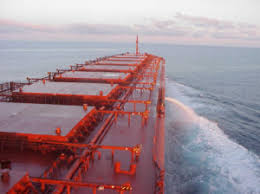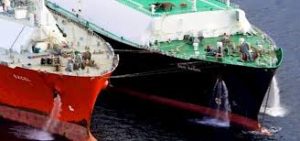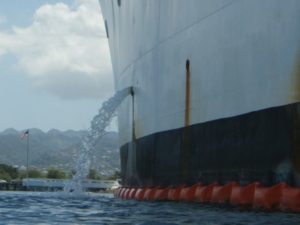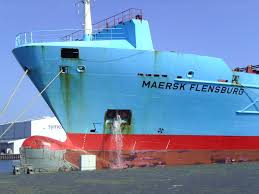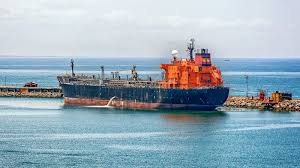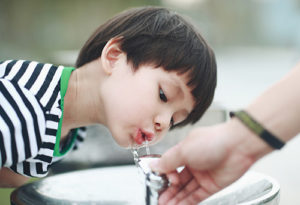Ballast water has been an integral component of the ship’s stability since the steel-hulled vessels have been introduced.
Whether or not the ship is at sea, ballast water is carried on all seagoing vessels big or small to maintain acceptable stability conditions. A good ballast water management plan is imperative for all types of ships.
Ballast water reduces stresses on the vessel’s hull, balances off for the weight loss due to consumption of water and fuel, provides better manoeuvrability with sufficient vessel draft, including ship propeller immersion, and also helps in improving living conditions of the crew aboard by reducing vibrations and uncontrolled vessel’s movements.
Why is Ballast Water in Discussion?
While ballast water remains indispensable for safe, secure and effectual shipping operations, it has been scientifically researched and proven by expert authorities that ballast water is a significant path for the transfer of harmful and equally damaging aquatic organisms and other pathogens that pose serious ecological, economic and health problems and if introduced into the sea including estuaries, or into fresh water courses, may create hazards to the environment, human health, property or resources, impair biological diversity or interfere with other legitimate uses of such areas.
The introduction of these harmful marine organisms and other similar pathogens has caused major damage to many of the worlds’ coastal regions and bio-diversities over the years.

